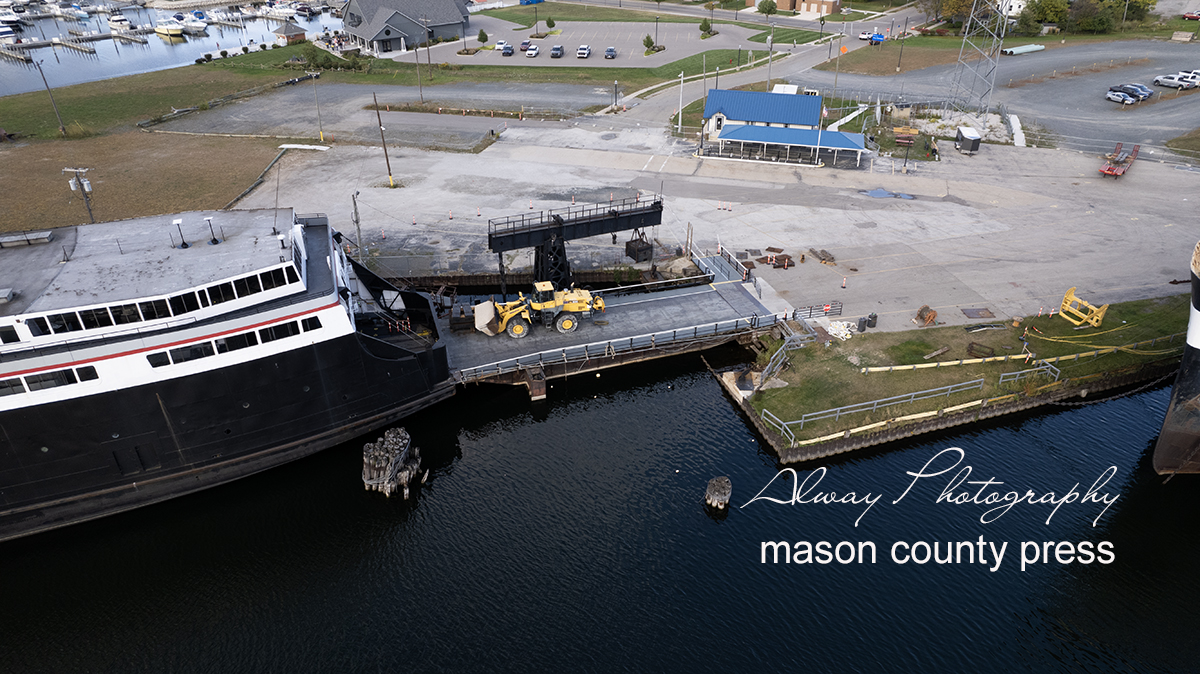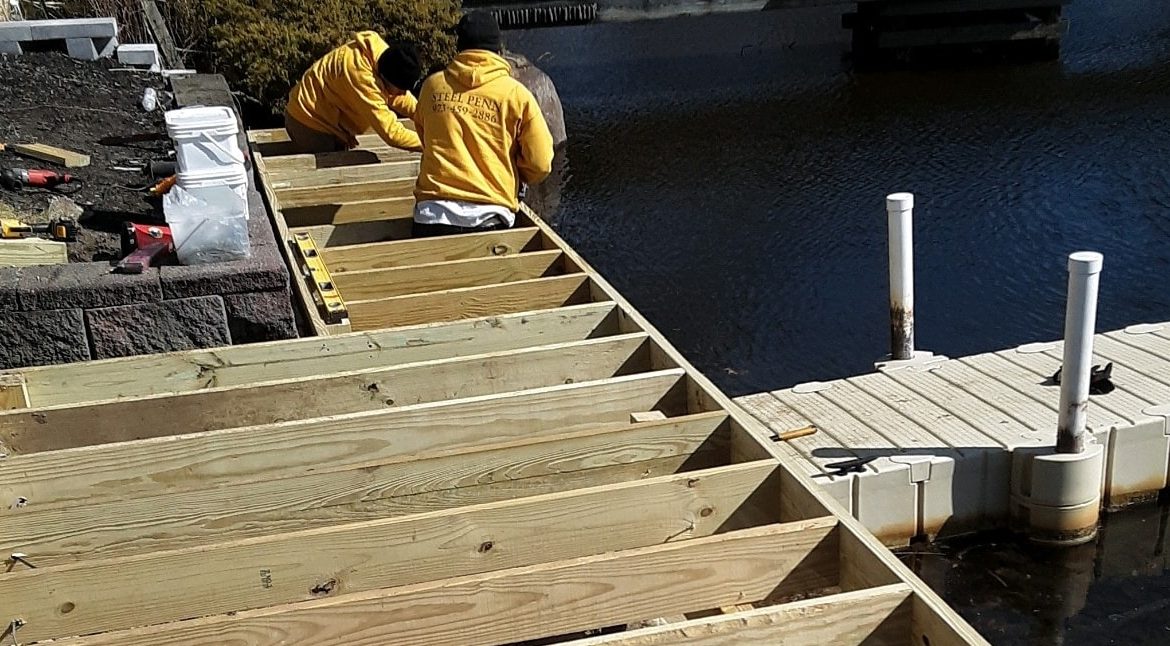DIY Tips for Simple Dock Repairs You Can Handle
DIY Tips for Simple Dock Repairs You Can Handle
Blog Article
Reliable Dock Repair Service Techniques: Making Sure Structural Stability
Ensuring the architectural honesty of anchors with effective fixing strategies is vital for the durability and safety and security of marine facilities. This entails a multi-faceted approach starting with extensive inspections utilizing innovative modern technologies like finder tools and remotely ran vehicles (ROVs) to discover both noticeable and hid damages. Subsequently, choosing the best fixing materials, such as composite materials and corrosion-resistant alloys, is essential for sturdiness. Architectural support techniques, consisting of the implementation of cross-bracing systems and load-distribution plates, play a vital role in mitigating tension points. The relevance of these methods ends up being obvious when exploring innovative repair work approaches and preventative upkeep methods.
Analyzing Dock Damages
Examining dock damage is a crucial initial action in making sure the structural stability and security of any docking center. Trick elements to examine include the dock's structure, pilings, outdoor decking, and equipment (Dock Repairs).
Architectural engineers or qualified inspectors normally do these assessments making use of specialized tools and techniques. Undersea assessments might utilize sonar equipment or remotely ran automobiles (ROVs) to find immersed damage. Over water, aesthetic evaluations are matched by utilizing moisture meters and various other analysis tools to discover underlying problems not right away noticeable to the naked eye.

Finding Repair Work Materials
Choosing the appropriate fixing materials is a critical step in the dock remediation process, one that directly influences the longevity and performance of the repaired framework. Material selection need to be driven by elements such as ecological problems, load-bearing needs, and compatibility with existing dock components.
Along with wood, composite materials are increasingly popular as a result of their toughness and low maintenance requirements. Composites, usually made from a mix of plastic and wood fibers, supply outstanding resistance to rot, pests, and UV damage. For metal docks, picking corrosion-resistant alloys such as galvanized steel or marine-grade aluminum is crucial to avoid rust and make sure structural honesty in saline water conditions.
Epoxy resins and marine-grade sealants are essential for repairing splits and sealing joints, providing a waterproof barrier and boosting the dock's overall stamina. By meticulously selecting high-grade products, dock repairs can accomplish lasting results, therefore securing against future deterioration and making sure secure, trusted use.
Structural Support Techniques
Effective architectural support techniques are critical in ensuring the security and longevity of dock fixings. One fundamental approach entails making use of steel or composite support bars (rebar) within concrete frameworks. Rebar gives extra tensile strength, protecting against cracks and distributing lots much more evenly. This technique is specifically reliable for anchors revealed to heavy tons or harsh environmental conditions.
An additional necessary method is the application of fiber-reinforced polymers (FRP) These products provide high strength-to-weight ratios and excellent resistance to deterioration, making them perfect for reinforcing concrete or wood docks. FRP can be used in strips or sheets and bonded with epoxy materials to enhance structural stability.
Supporting and anchoring systems additionally play a crucial function in structural support. Cross-bracing, making use of metal or wood light beams, can combat lateral forces, decreasing persuading and activity. Securing systems, such as helical piers or driven piles, give a secure foundation by transferring loads to much deeper, extra secure soil layers.
Lastly, the assimilation of load-distribution plates can help disperse weight extra equally throughout the dock's surface, mitigating localized anxiety factors. These methods collectively make sure that anchors remain robust and secure, with the ability of standing up to the roughness of their operational environment.
Advanced Repair Work Approaches

An additional innovative technique entails undersea welding, which permits for repair work to be conducted without the need to dewater the location. This method is specifically beneficial for dealing with architectural problems in submerged dock elements, making sure very little interruption to procedures. Improved welding strategies, combined with robot systems, supply precision and integrity, therefore prolonging the lifespan of the dock.
Furthermore, cathodic defense systems are applied to avoid corrosion in metal dock frameworks. By using sacrificial anodes or satisfied current systems, these techniques properly mitigate the electrochemical procedures that bring about material degeneration.
Last but not least, progressed surveillance innovations, such as structural health and wellness surveillance (SHM) systems, give real-time information on the problem link of dock structures. These systems make it possible for proactive maintenance and timely treatments, inevitably making certain the long-term architectural stability of the dock.
Upkeep and Prevention
Maintenance and prevention are basic principles that underpin the long life and safety of dock structures. Routine assessments are extremely important, enabling early discovery of deterioration, potential weak points, and environmental effects. An aggressive method, entailing routine checks for rust, rot, and structural changes, mitigates expensive repair work and extends the dock's functional life.
Safety nets must include using protective coatings to metal parts to defend against corrosion and using treated wood to stand up to degeneration. Furthermore, ensuring appropriate water drainage and air flow can stop water buildup, which is a typical source of architectural degradation. Integrating top quality products and sticking to supplier standards throughout building and construction and repair service stages likewise play crucial duties in boosting resilience.

Educating personnel in dock Recommended Reading upkeep finest practices makes sure consistent application of precautionary measures. Leveraging technological advancements, such as drones for examinations and sensing units for real-time monitoring, can better improve maintenance initiatives. By prioritizing maintenance and avoidance, dock proprietors can make certain architectural stability, functional safety, and economical administration over the dock's lifespan.
Conclusion
In final thought, maintaining the structural integrity of aquatic centers necessitates thorough dock repair strategies. Advanced repair techniques, coupled with routine upkeep methods, guarantee the dock remains risk-free and operational under varied ecological conditions.
Ensuring the structural integrity of anchors with efficient repair techniques is vital for the long life and safety and security of aquatic facilities.Choosing the appropriate fixing products is an essential action in the dock repair procedure, one that straight affects the longevity and efficiency of the repaired framework.Effective structural reinforcement techniques are crucial in making sure the security and long life of dock repairs. By prioritizing upkeep and prevention, dock owners can make sure structural stability, functional security, and cost-efficient monitoring over the dock's life-span.
In conclusion, maintaining the architectural integrity of aquatic facilities requires extensive dock fixing strategies.
Report this page